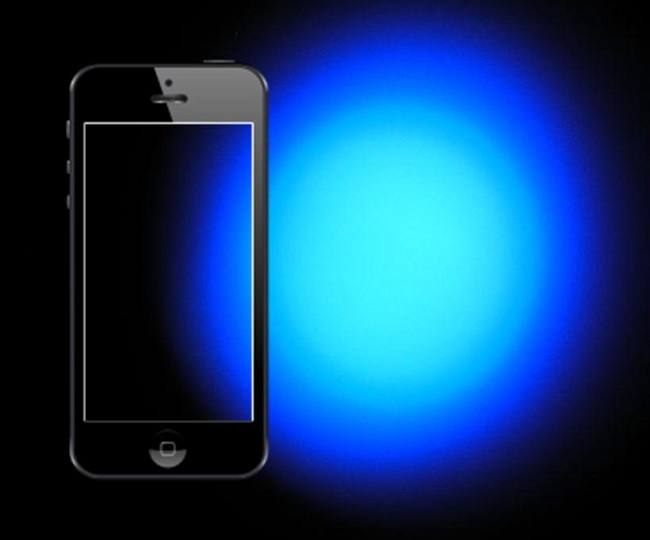These two companies have come together to make it possible for retailers to engage shoppers with LED.
GE Lighting and ByteLight have announced their next generation use of LED lighting fixtures which will provide retailers with the opportunity to be able to communicate with the smartphones and tablets of consumers while they are in-store, through the use of geolocation technology.
The GE LED infrastructure could give retailers the chance to offer exciting location based services.
This innovative geolocation technology based solution uses the IS series of the Lumination™ LED Luminaire from GE. It will be unveiled in Las Vegas, this week, at the LIGHTFAIR® International 2014 at the company’s booth. The purpose of using the lighting for this reason is, according to GE, one way for retailers to “go beyond the traditional ROI of energy and maintenance savings to fundamentally change the way people shop by combining data with location.”
The indoor geolocation technology from ByteLight is embedded within the LED fixtures from GE.
Those LED lights will then be able to provide retailers with a number of different applications, such as the ability to identify exactly where consumers are located through the use of an opt-in mobile app that is powered by ByteLight.
This solution is based on a combination of Bluetooth Low Energy (BLE) and Visible Light Communication (VLC), as well as inertial device sensors. It is capable of supporting any smart device – such as smartphones and tablets, and perhaps wearables such as smartwatches, too – that is equipped with Bluetooth® Smart technology and/or a camera. This way, retailers will be able to reach customers within the broadest possible space, such as from the parking lot to any location within the store; anywhere that LED light will shine.
This gives retailers the opportunity to use their GE LED lighting for a continual ROI as they use the geolocation technology (as well as the required lighting of the store, itself) to formulate a strategic platform for the creation of tomorrow’s entirely connected retail shop. This could potentially help to enhance the size of in-store traffic while improving the overall shopping experience for consumers.
Tests performed by Rx Networks Inc. and the European GNSS Agency (GSA) have confirmed it.
In a joint effort, a mobile location based service and technology company, Rx Networks Inc. and the GSA have tested the performance of Galileo with respect to its use when combined with GLONASS and GPS and have now released a report that reveals the outcomes of those tests and their measurements.
The tests conducted by the organizations were conducted within real world environments.
These included in indoor environments as well as in urban canyons. These types of environment traditionally pose considerable challenges to location based service accuracy as a result of the obstructions that they present to satellites, as well as because of multipath views. Each of the tests that were conducted were made up of a data capture of GNSS signals that ran for three hours. This was replayed later on in order to generate hundreds of fixes through the use of a STMicroelectronics multi-constellation GNSS receiver.
What it found was that location based service fixes were notably better with Galileo.
 When Galileo was used in combination with one or more additional GNSS constellations, then there is a considerable improvement to the accuracy of location fixes when compared to the results obtained through the use of GPS on its own. This was particularly true in urban canyons and indoors.
When Galileo was used in combination with one or more additional GNSS constellations, then there is a considerable improvement to the accuracy of location fixes when compared to the results obtained through the use of GPS on its own. This was particularly true in urban canyons and indoors.
At the same time, combining GPS and Galileo did not provide better results than combining GPS and GLONASS, but this was expected as there were only four Galileo satellites available to the testers at that time. The prediction of the researchers is that as the number of Galileo satellite launches increases, the combinations between GPS and Galileo will be able to offer a greater improvement in performance.
The GSA head of market development, Gian-Gherado Calini discussed this location based service accuracy performance test and said that “Dual-constellation GNSS designs are the standard for many smartphones and other devices. The combination of GPS and Galileo provides a robust solution and is expected to offer performance that will meet or exceed end-user expectations.” The Rx Networks senior vice president of sales and marketing, Adrian Stimpson, added that GNSS chipset manufacturers should feel that the results are “encouraging”.


 When Galileo was used in combination with one or more additional GNSS constellations, then there is a considerable improvement to the accuracy of
When Galileo was used in combination with one or more additional GNSS constellations, then there is a considerable improvement to the accuracy of 